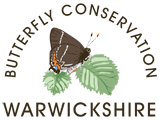Ryton Wood Meadows Butterfly Reserve
The Ryton Wood Meadows Butterfly Reserve is a 12.4 hectare 30 acre reserve is an old sand and gravel pit that had been used for landfill and capped with clay and topsoil. The developing grassland managed by Butterfly Conservation Warwickshire now supports breeding populations of 33 different butterfly species, including Grizzled Skipper, Dingy Skipper, Green Hairstreak and Brown Argus.
Butterfly Conservation Warwickshire has agreed a 25 year lease for most of the site from the owners LaFarge, with a small part near the country park under a management only agreement. The Reserve was officially opened on the 28th May 2007 by Dr Martin Warren, Chief Executive of Butterfly Conservation and Mike Slater (Reserve Manager for Butterfly Conservation Warwickshire). The event was kindly supported by Barclays Bank and marked the 10th Anniversary of the Warwickshire Branch of Butterfly Conservation.
Ryton Wood Meadows Butterfly Reserve is owned by LaFarge
and managed by Butterfly Conservation Warwickshire and a team of volunteers.
Important for Butterflies and Moths
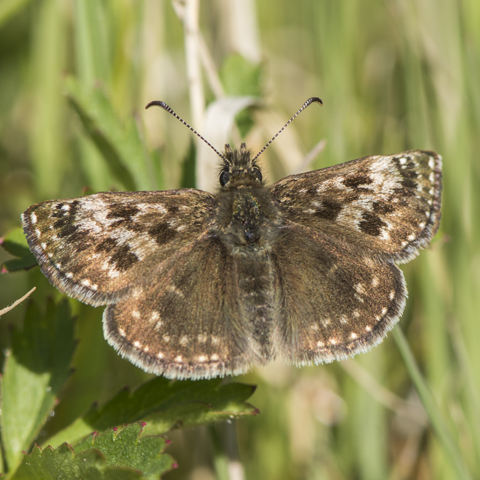
Dingy
Skipper
Erynnis tages
57.001
© 2024 Steven Cheshire
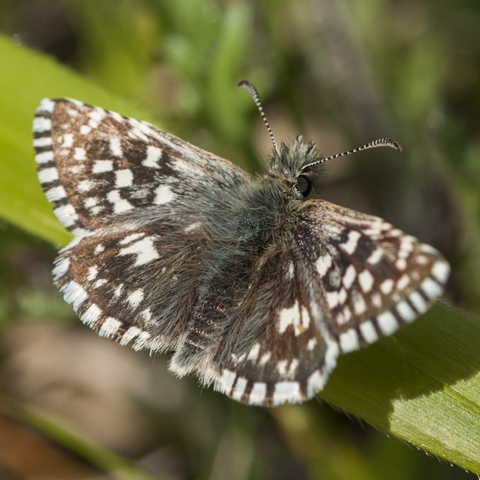
Grizzled
Skipper
Pyrgus malvae
57.002
© 2024 Steven Cheshire
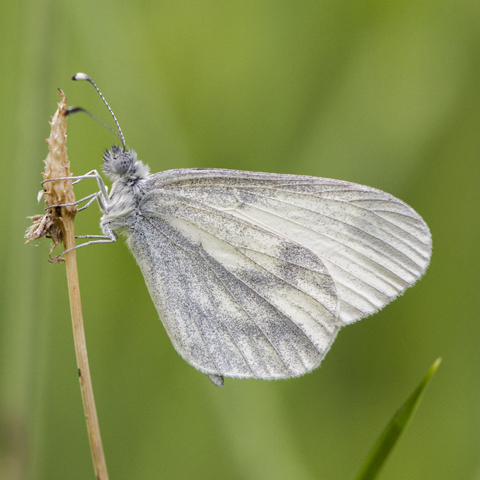
Wood
White
Leptidea sinapis
58.001
© 2024 Steven Cheshire
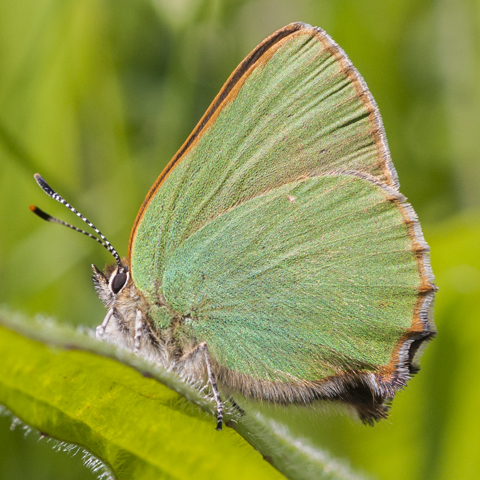
Green
Hairstreak
Callophrys rubi
61.005
© 2024 Steven Cheshire
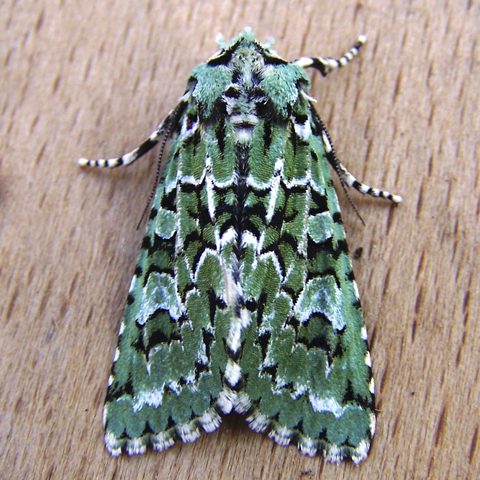
Merveille
Du Jour
Griposia aprilina
© 2024 Ben Coleman
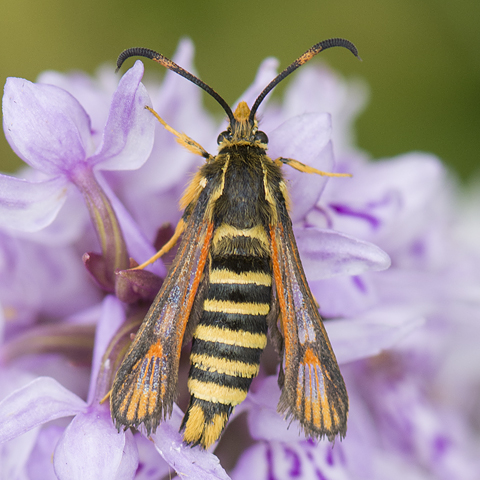
Six-belted
Clearwing
Bembecia ichneumoniformis
© 2024 Steven Cheshire
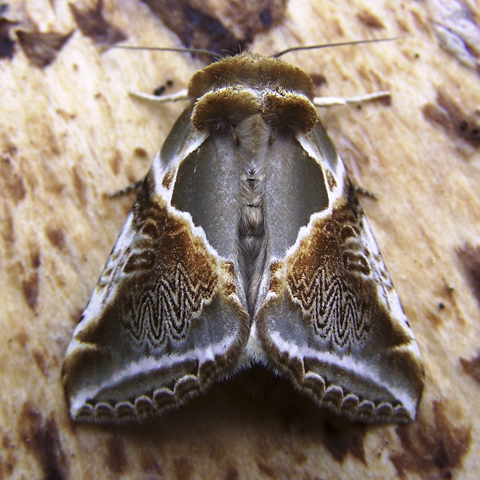
Buff
Arches
Habrosyne pyritoides
© 2024 Ben Coleman
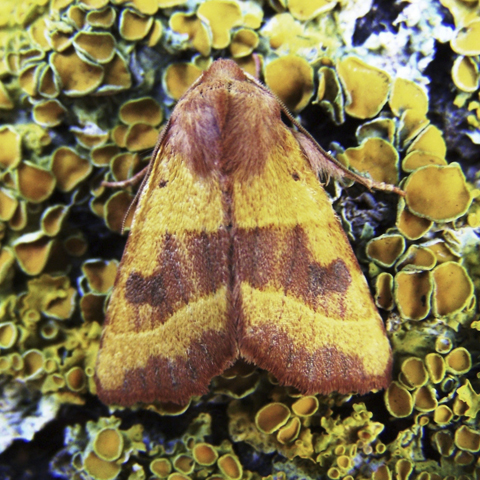
Centre-barred
Sallow
Atethmia centrago
© 2024 Ben Coleman
Ryton Wood Meadows in Pictures
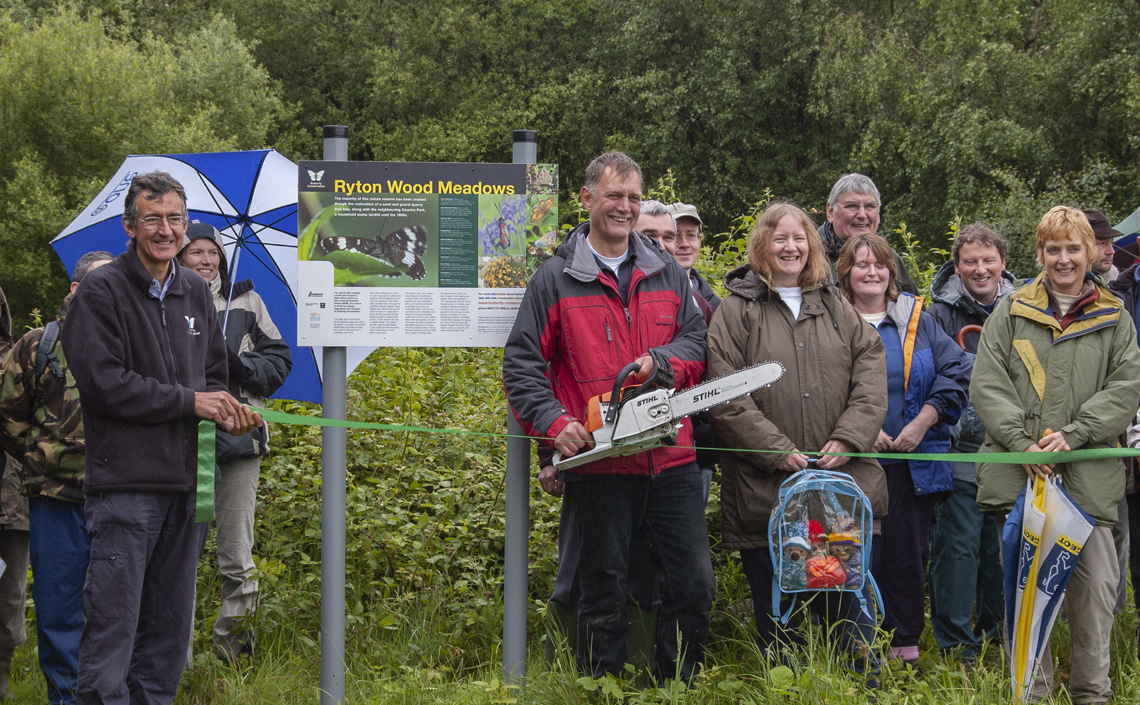
Ryton Wood Meadows is officially open - 28th May 2007
Ryton Wood Meadows Butterfly Reserve was officially opened on the 28th May 2007 by Dr Martin Warren, Chief Executive of Butterfly Conservation and Mike Slater, Reserve Manager. © 2007-2024 Steven Cheshire
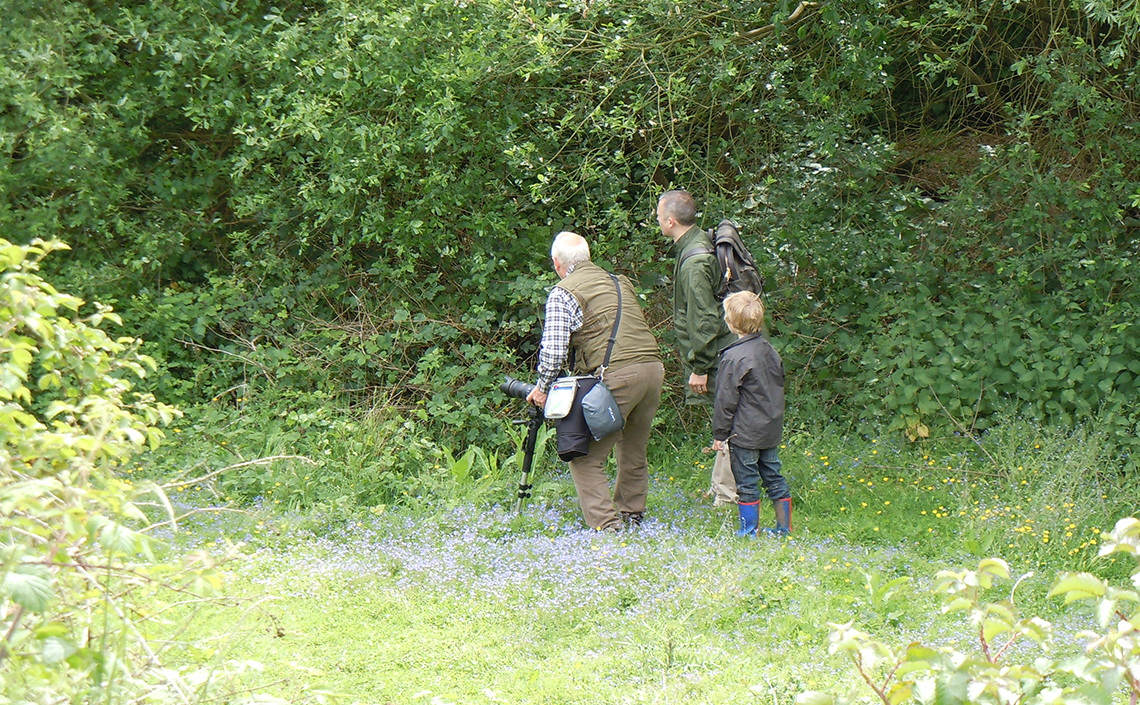
Three generations hunting for butterflies at Ryton Wood Meadows in 2011
© 2011-2024 Steven Cheshire

A snowy Ryton Wood Meadows in December 2017
© 2017-2024 Tony Penycate
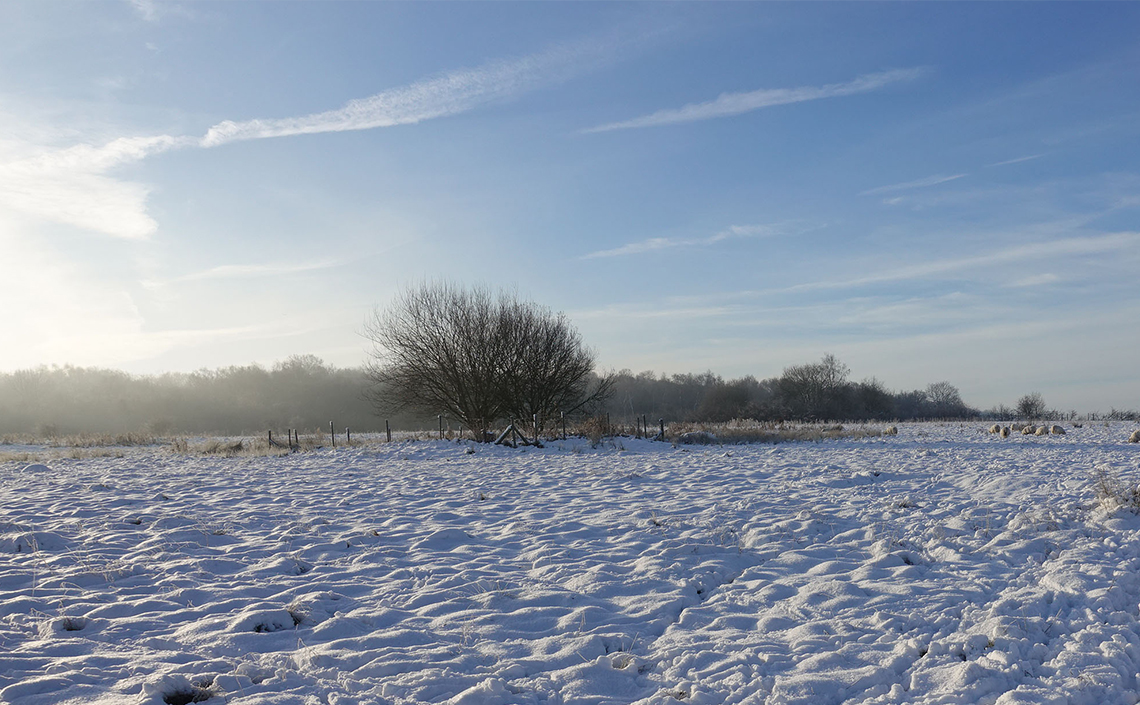
A snowy Ryton Wood Meadows in December 2017
© 2017-2024 Tony Penycate
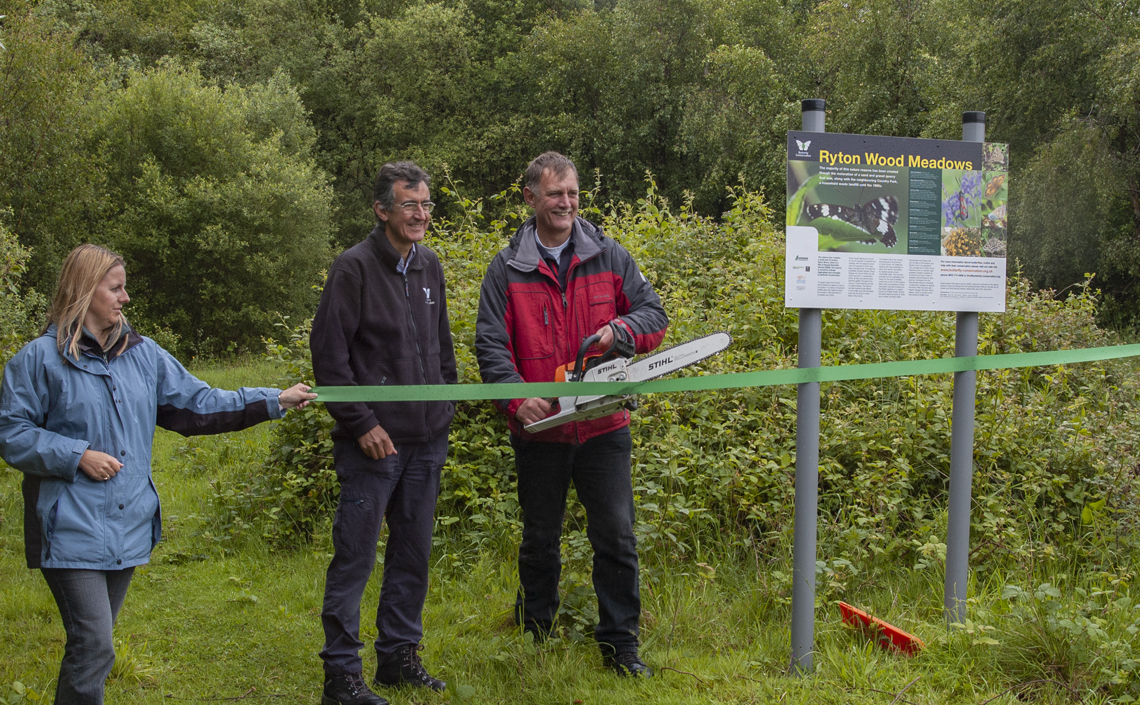
Ryton Wood Meadows is officially open - 28th May 2007
Ryton Wood Meadows Butterfly Reserve was officially opened on the 28th May 2007 by Dr Martin Warren, Chief Executive of Butterfly Conservation and Mike Slater, Reserve Manager. © 2007-2024 Steven Cheshire

Ryton Wood Meadows Open Day 2011
© 2011-2024 Steven Cheshire
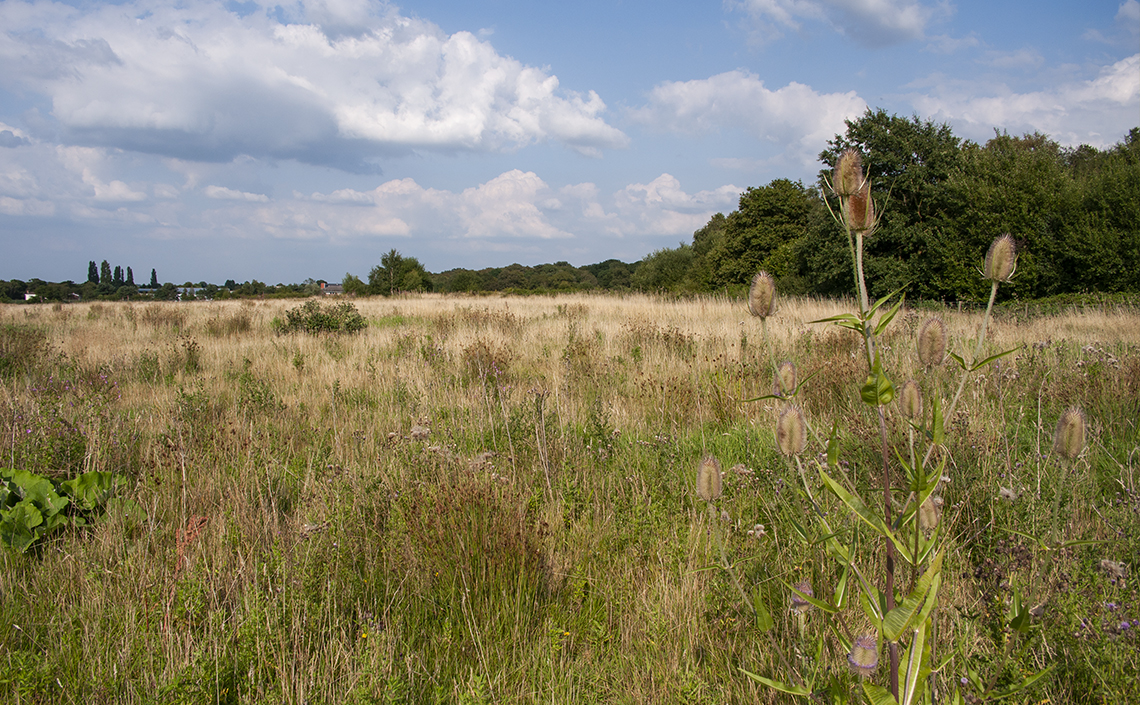
Ryton Wood Meadow in late summer 2009
© 2009-2024 Steven Cheshire
History of the Ryton Wood Meadows
In the 1960’s an area to the South East of the Leamington Road, Ryton was brought by Steetley Aggregates. The site included approximately 150 acres of farmland and approximately 100 acres of Ryton Wood. During the 1960’s to the early 1990’s the area was mined for sand and gravel resulting in the loss of between 40 to 60 acres of Ryton Wood.
From the late 1980’s through the 1990’s, the process of restoring the site commenced. The north east of the site was restored with inert building waste. The rest of the site was in-filled with household rubbish and then capped with sub-soil. The area where the building waste was dumped during the late 1980’s became colonised by a forest of Buddleia bushes. This became a great place to watch butterflies in the late summer especially for migrant species. During the tidying up process the site was bulldozed and levelled in the winter of 1990/91. As a result, all the Buddleia bushes were lost. In 1995 the site was finally closed as a landfill site although further restoration works still had to take place.
Site ownership changed twice first from Steetley Aggregates to Redland and then to LaFarge. Throughout this time, all three companies allowed a full butterfly and day-flying moth transect survey to take place starting in 1990 and conducted by Mike Slater. This allowed Mike to fully assess the site importance for butterflies and moths. Once the site's importance was realised the owners were notified.
Thanks to this liaison, suggestions were made to Redland on how the site should be restored. It was also suggested that the site should be sown with a wild flower seed mix and Mike managed to specify the type of wild flower seed mix to be used. Approximately half the site has been sown with a wild flower seed mix in two areas. A further quarter of the site had been colonised naturally and the last quarter of the site was left fallow. The boundary between Ryton Country Park has also been planted with a native hedgerow mix. In 2000 and 2001 minor management work was commenced by cutting a series of paths through the North East of the site. In 2003 more extensive mowing and raking of areas was started to prepare the site to become a nature reserve.
The reserve has since seen some major developments. It has now been fenced in order to create a series of paddocks where Longhorn Cattle and Sheep graze creating the perfect habitat for grassland butterflies and is now a haven for other wildlife including breeding cuckoo and other bird species.
